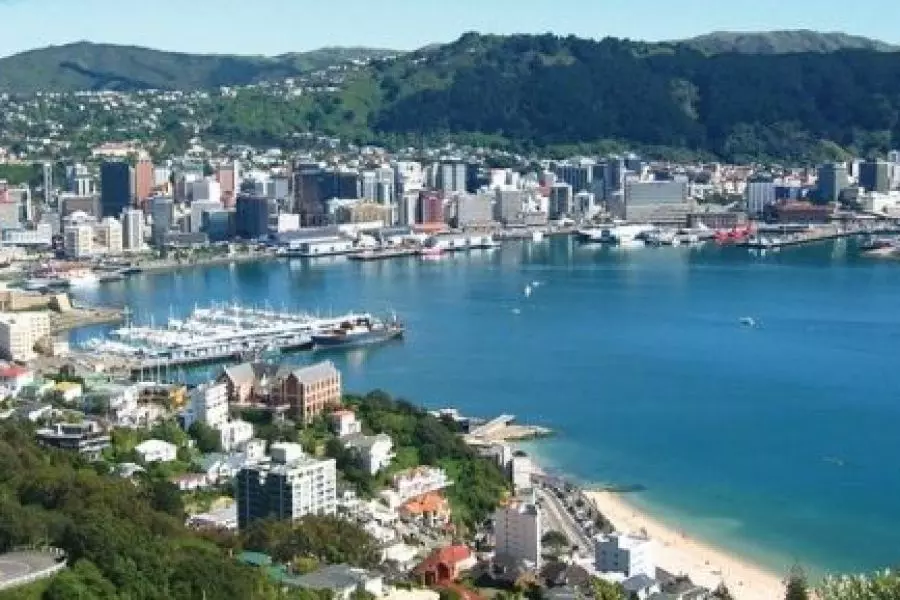News
The Capital leads in green real estate

Tuesday 25th of October 2022
The capital, along with Singapore, Sydney, Perth and Melbourne make up the top five on global real estate company Frank Knight’s Asia Pacific (APAC) Sustainably Led Cities Index in its Rising Capital in Uncertain Times report.
The five cities benefit from a myriad of factors, such as reduction in per person carbon emissions, a large number of green spaces and low urbanisation pres...
Want to read the full article?
Click the button below to subscribe and will have unlimited access to full article and all other articles on the site.






![[The Wrap] Bye Bye Bayly](https://goodreturns.publit.io/file/c_fill,w_900,h_600/39f23ac1-f7c7-4854-b700-a150004ebbac.webp)


